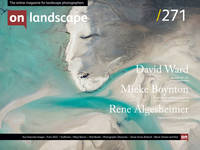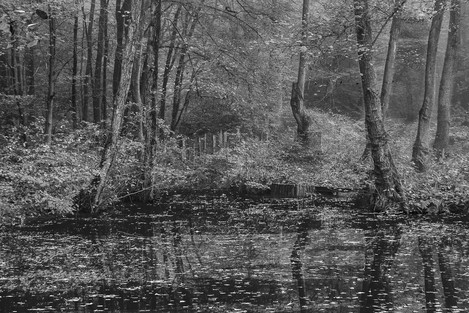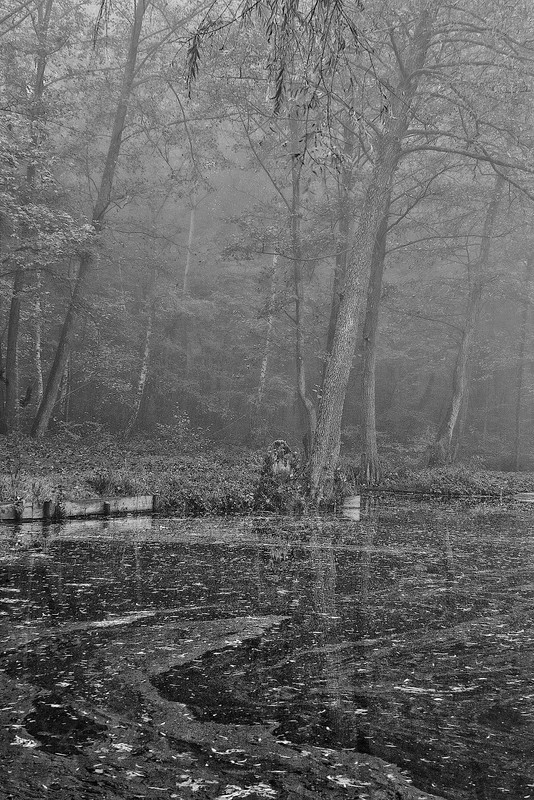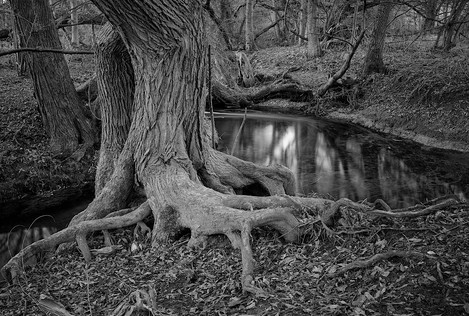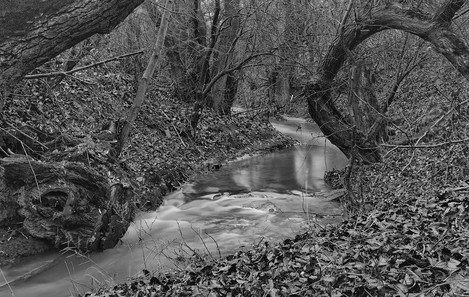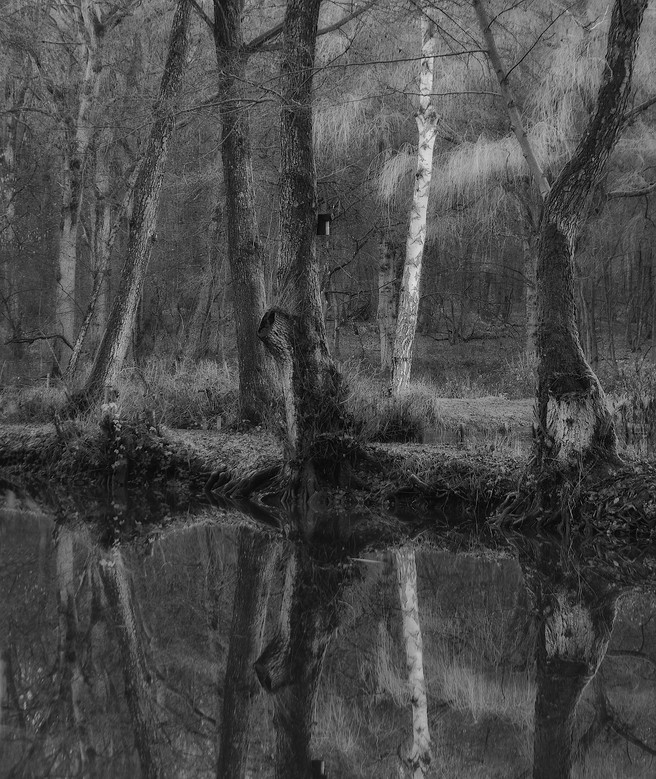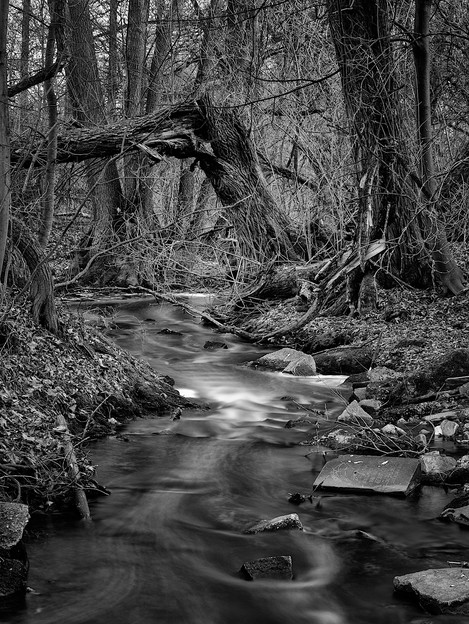Ordinary places with ordinary subject matter

Xavier Arnau Bofarull
I am an amateur photographer based on the Taunus Range, a mountain near Frankfurt am Main, Germany. I have no formal training in either art or photography. Since five years I try to improve my skills on Landscape Photography, and as a member of a Photo Club I took part in some Exhibitions.
I was languidly enjoying this immense life of things, which is manifested in the play of light and shade. It was there, in such a wonderful place, that I had the idea to narrate the earth’s phenomena and that I immediately sketched the draft of my work... To know the earth, I studied not only books, but the Earth itself.~ Élisée Reclus
...we make our landscapes, and they make us.~ David Lintern
Despite the many years that have passed, I still have a vivid memory of a sunrise on a mountain pass 2,500 metres up in the Pyrenees, tucked inside my sleeping bag. In impressive silence, the peaks of the distant mountains stood out above an immense, luminous sea of clouds.
As a hiker and geographer, I longed to visit the grand, beautiful landscapes of the Earth, but a lack of time and money prevented me from making such trips, and they were put off for the future.
Although I never dedicated myself professionally to geography, I continued to be linked to it through geographical associations, and I was particularly interested in what is called landscape geography. However, this interest waned as it seemed to me that landscape geography began to take up post-modernism as its epistemological foundation and started to be diluted into a kind of erudite hermeneutics, moving further and further away from real landscapes, which were being seriously affected by the disastrous consequences of our social and economic systems.
In spite of this, my interest in landscape brought me closer to landscape photography because, after all, as Élisée Reclus wrote in his preface to La Terre (1868), the immense life of things –including landscapes– is manifested through the play of light and shade, which are essential and constitutive elements of photography.
I first read about landscape photography in a second-hand copy of John Shaw's book, Landscape Photography. I can still recall my difficulty in understanding the Adams and Archer zone system and its relation to f-stops!
My growing dedication to this genre of photography coincided with my move to Germany. I left behind the harsh, dry, luminous landscapes of the Mediterranean to settle in central Europe, a region with wetter landscapes, ancient mountain ranges worn away by erosion, huge forests and wide plains with many lakes and pools, and innumerable rivers and streams loaded with sediments and myths. I began to photograph the ordinary landscapes around my new home with frequency and dedication. Despite the many years that have passed, I still have a vivid memory of a sunrise on a mountain pass 2,500 metres up in the Pyrenees, tucked inside my sleeping bag.
However, I still longed to see and photograph the emblematic landscapes that were shown in photography magazines; Greenland, Iceland, Norway, the national parks of the United States, Scotland, Namibia, the Dolomites… For the most part, they were still out of reach for me.
At the same time as tackling the technical problems of photography, I started discovering the problems that were beginning to affect the practice of landscape photography; the masses of photographers in certain locations. Articles began to appear in which the authors described their experiences in certain locations, squeezed between dozens of photographers who, clinging to their tripods, struggled to keep their place, waiting for the right moment to press the shutter. The perverse effects of mass tourism were beginning to spread to photography, and the unhealthy need to publish photographs on social networks only accentuated the problem of overcrowding and damage to landscapes. What was the point of that? Where was the necessary calm, thoughtful relationship between the photographer and landscape to give photography a sensitive, intimate expression?
From time to time, I had the opportunity to take the occasional excursion to more distant places, but my photographic excursions mostly took place in the local area and were a sort of dogged exercise in improving my technique and my ability to “see photographically”, ready for the day when I would be able to visit the “great landscapes” and take good pictures.
I live in a densely populated region on the slopes of the Taunus Mountains. The city I live in used to be a farming town, and in the early 1960s, it was transformed practically overnight into a city designed to accommodate large numbers of people from many different backgrounds in need of housing.
In my city, lost between these ambiguous, transitional border-spaces, there is a small woodland that is barely 1 kilometre square, a stream about 4 kilometres long and a pool used by the municipal fishing club. These, therefore, are the three landscapes where I have carried out my photographic fieldwork; wood, stream and pool.
Then, when my personal circumstances began to allow me to travel to more distant places, the Covid pandemic started, and consequently, all my travel projects returned to their drawers. As David Lintern says in his article The Body Keeps the Score, at the same time, you work with what you have. So I continued with my wood, my stream and my pool.
As time has passed, the urge to take photographs has been relegated to the background. I think I have learned something about photography during this time, but what I do know for sure is that I have learned to enjoy the solitude of the wood on misty mornings, to be surprised by the hasty flight of a roe deer at my footsteps nearby, to be annoyed by how indifferent a family of wild boars rooting at the edge of the wood are to my presence, to perceive the change in the murmurs of the stream after the previous night’s rain and to marvel at the subtle elegance of the grey heron on the banks of the pool.
I still have a lot to learn about photography, true, but I think I'm on the right track; I’m starting to understand what Chris Murray says about photographers who primarily photograph in ordinary places with ordinary subject matter: they are seeking something inside themselves first, the subject matter is secondary.

